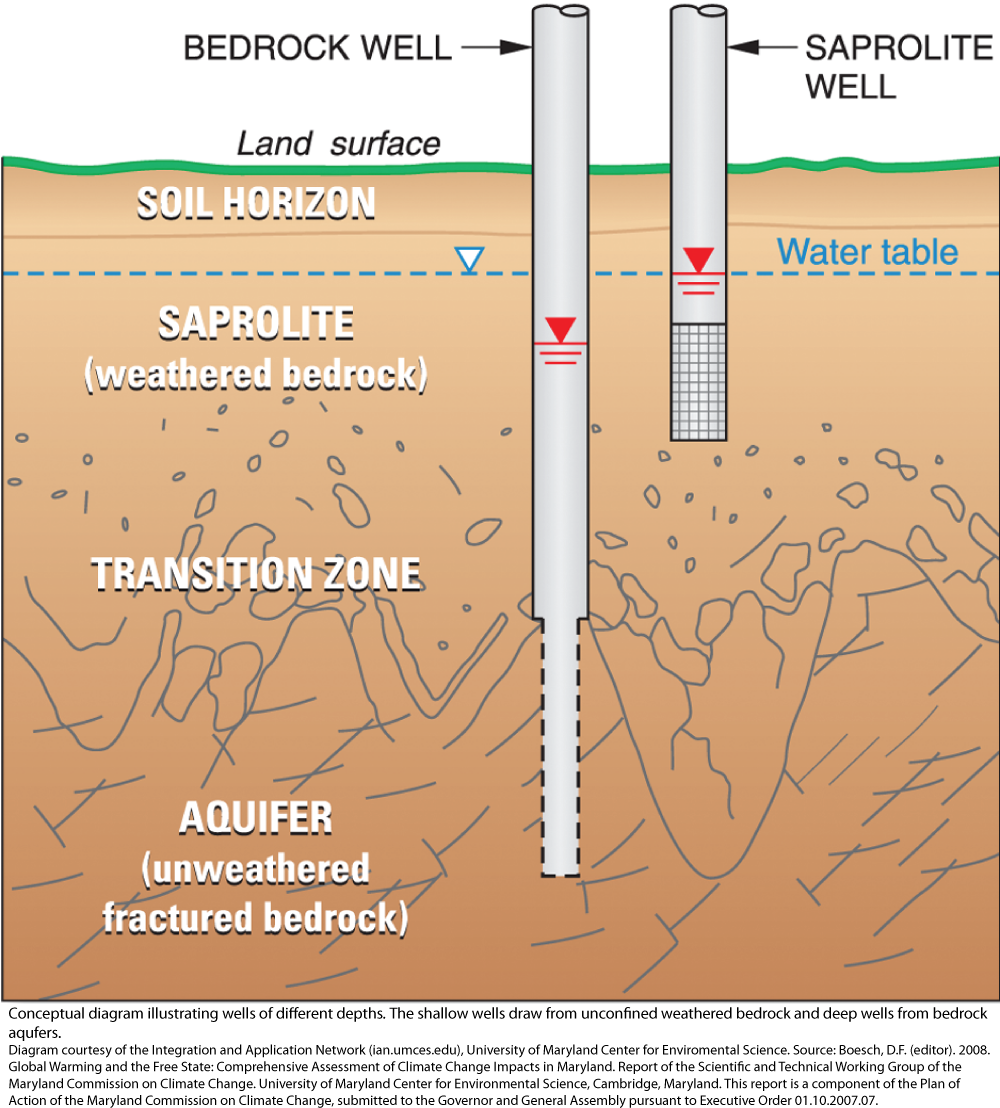The quest for clean, accessible water has long been a cornerstone of human civilization—an essential lifeblood that nourishes and sustains us. In the ongoing dialogue about sustainable resources, two primary contenders emerge: the deep well and the shallow well. Arguably, these two water sources symbolize the age-old struggle between depth and breadth, the profound and the superficial. But which of these water sources reigns supreme in terms of functionality, sustainability, and reliability? To explore this nuanced dilemma, let’s delve deeper into the intricacies of deep wells versus shallow wells.
First, let’s set the scene. Picture a deep well as an ancient library, with its archives reaching far below the surface, preserving the wisdom of ages within the cool, dark earth. In contrast, the shallow well resembles a sunlit garden pond, easily accessible, yet subject to the whims of nature. Both embody unique attributes, each governed by its inherent qualities and limitations. The comparison between these two sources is a fascinating reflection of human ingenuity versus natural unpredictability.
The Physical Characteristics
Deep wells are typically drilled much deeper into the groundwater aquifer, often exceeding 100 feet, penetrating layers of bedrock which shield the water from contamination. They draw from vast subterranean reservoirs that have filtered over millennia, erasing impurities that might impede health. This filtration process allows deep wells to provide a consistent, potable supply of water, imbued with valuable minerals that can enhance taste and offer health benefits.
On the other hand, shallow wells, often constructed to depths of 30 feet or less, are akin to fleeting moments—accessible and quick to exploit, but frequently impacted by seasonal droughts or rainfall. These wells primarily tap into surface water aquifers, making their water supply markedly susceptible to pollution from agricultural runoff, septic systems, and atmospheric conditions. This fragility raises questions about the purity of water drawn from shallow sources, particularly in regions with intensive land use.
Quality and Convenience
The quality of water is paramount. Deep wells, with their stabilized aquifers, typically yield higher quality water compared to shallow wells. The pristine nature of deep well water is enticing; it often boasts a balanced mineral content that is both refreshing and restorative. Conversely, shallow well water may necessitate treatment due to the risks posed by pollutants, highlighting the importance of regular testing and maintenance.
In terms of convenience, shallow wells can be rapidly constructed, offering an accessible water source for those in need. Their placement tends to follow geographic convenience, ensuring quick retrieval of water for daily use. However, this accessibility is a double-edged sword. The very ease of construction can lead to hasty decisions that overlook essential factors such as site contamination and sustainability.
Additions of Cost and Maintenance
From a financial perspective, the allure of shallow wells is undeniable. They can be less expensive to build initially, but that initial cost may be misleading. The need for extensive maintenance—such as evaluating water quality and dealing with potential contamination—can quickly inflate long-term expenses. Additionally, shallow wells frequently suffer from depletion during dry spells, compelling users to seek alternative water sources at inconvenient times.
Conversely, while deep wells involve a heftier up-front investment and require skilled drilling equipment, the prolonged returns in terms of water quality and supply reliability often justify the expense. They demand less routine maintenance and are more resilient to seasonal fluctuations, providing peace of mind for households or agricultural endeavors reliant on stable water access.
Environmental Impact
The environmental sustainability of water sourcing is increasingly pertinent in today’s climate. Deep wells, when managed responsibly, can ensure longevity of water resources by tapping into extensive aquifers that replenish over time. The careful consideration of extraction rates can maintain ecological balance, ensuring that the water table remains stable for future generations.
Shallow wells, while initially appealing, may lead to over-extraction, disrupting local hydrology and potentially aggravating drought conditions. In an age where conservation is paramount, the ability to draw from deep wells effectively may contribute to a more sustainable approach to resource consumption. Moreover, the risk of shallow wells becoming contaminated poses a latent danger to aquatic ecosystems and local wildlife, raising ethical questions about water sourcing practices.
The Final Verdict
In the end, rising above the dichotomy of shallow versus deep wells allows for a more profound understanding of our connection to water and its pivotal role in our lives. Each well type possesses its own merits and pitfalls, and the better choice is contingent upon context—location, budget, and intended use. For those seeking reliability and purity, deep wells emerge as the champions of choice; however, the nimbleness and simplicity of shallow wells cannot be dismissed entirely.
Ultimately, the perfect water source embodies both ambition and respect for nature—a realization that can foster greater appreciation for the water we often take for granted. In this dance of depth and breadth, we must remain vigilant stewards of this precious resource, every layer of the earth reminding us of our shared responsibility to safeguard our most vital treasure: water. This is not merely a matter of preference, but a testament to the ever-intertwined relationship between humanity and the natural forces that sustain us.
